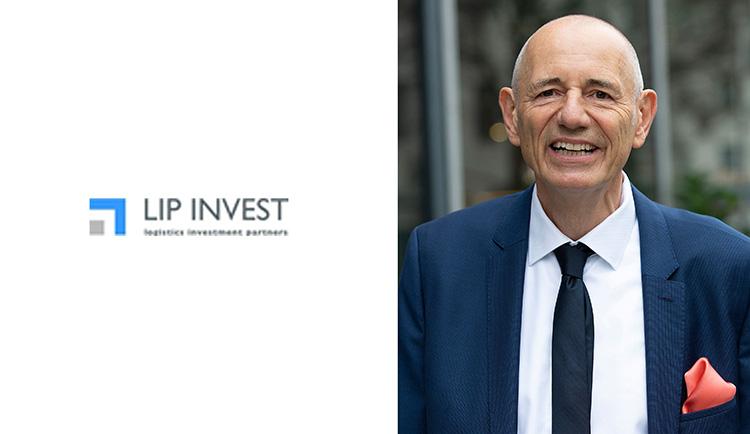LIP Invest publishes market report “LIP up to Date” for the first quarter of 2024
LIP Invest, a provider of special real estate funds in the asset class Logistics Real Estate Germany, publishes the latest developments in the increasingly popular logistics real estate asset class as part of its quarterly market report “LIP UP TO DATE – Logistikimmobilien Deutschland”. In addition to a review of the first quarter of 2024, the report also provides an outlook on the development of the investment market for the second quarter of 2024. The market report includes figures and information on the transaction volume, take-up of space and the volume of new buildings, the development of returns depending on the age of the building, location, property quality and lease term as well as on market developments and interest rates.
The German market report is available for all interested parties to download free of charge at https://www.lip-invest.com/downloads/.
Market overview
Measured both by the number of deals and investors' willingness to invest, there is more activity on the German investment market for logistics properties at the start of the year. With a solid transaction volume in the first quarter of 2024, logistics properties once again took the lead over office properties among the top 3 commercial asset classes. This is primarily due to the fact that the valuation cycle for logistics properties has already passed, as illustrated by the constant yields in recent quarters.
“When and to what extent purchase prices for logistics properties will rise again depends heavily on future interest rate developments. Due to the close links between the capital markets, we also monitor the developments on the US market. The weaker growth in gross domestic product in the USA, accompanied by higher inflation, has recently led to a rise in US government bonds. Yields on government bonds also rose in the eurozone. The European Central Bank has announced a reduction in the key interest rate for June. However, it provided only limited insight into how monetary easing will continue thereafter. In view of these developments and the delay in interest rate cuts, we expect purchasing factors to move sideways over the next six months," says Bodo Hollung, Partner and Managing Director of LIP Invest.
Investment market
The investment market for German logistics properties got off to a positive start to the year with a transaction volume of 1.6 billion euros. A number of portfolio transactions took place in the first quarter, contributing to the stable result. The brisk activity of foreign investors is striking. This includes one of the largest single deals, the purchase of a 63,500 square meter logistics park in the port of Hamburg by Montea. The real estate company invested around 50 million euros.
Yields remained almost constant in the first quarter. Many market participants are currently awaiting the planned ECB interest rate cut in June. However, a single interest rate cut is not expected to result in an immediate change in prices, as capital market decisions usually reach the real estate market with a certain delay. We initially expect yields to remain stable and possibly fall slightly in the fourth quarter.
LIP constantly analyses developments on the German logistics real estate market. This includes monitoring the supply situation. LIP was offered properties with a volume of 700 million euros in the first quarter of 2024. The potential investment volume for the second quarter of 2024 is moderate, mainly because the offers include some older and many small-scale logistics properties.
Take-up of space
As in the same period last year, around 1.2 million square meters were taken up on the German logistics real estate market in the first three months of the year. Activity on the letting market is still somewhat subdued due to the economic situation. Another reason is that only a small amount of existing space is becoming available for letting, as many tenants are exercising their renewal options. Rental agreements were therefore largely concluded for new buildings. For example, the Fressnapf Group leases a 65,000 square meter project development in Nörvenich.
In the first quarter, 1.0 million square meters of new logistics properties were built. Following the restrained phase in the first half of 2023, more speculative new builds are being started again, most of which are already let before completion. Owner-occupiers also contributed to the quarterly result: The Fricke Group began construction of an 80,000 square meter logistics centre in Tholey, Saarland. The family-owned company, which aims to improve its market access in southern Germany and France with the new building, is investing 160 million euros.
Trends in logistics – resilience of supply chains
What is behind the term resilience and how is it achieved? In principle, more resilient supply chains can avoid dependencies and reduce risks. Alternative transportation routes and means ensure that the required material can still be accessed in the event of disruptions. Under the principle of multisourcing, companies rely on suppliers from different continents and, above all, on alternatives to China, such as India or Mexico.
Local-for-local production, in which supply chains are organized regionally, also ensures greater resilience. Companies choose suppliers that are located as close as possible to their production sites. Higher stocks are sometimes held for supply-critical products.









